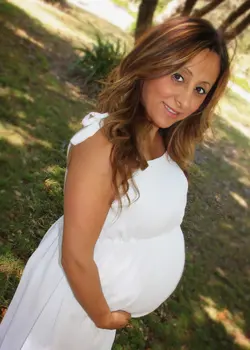canadianaustralian
TPF Noob!
- Joined
- Sep 7, 2013
- Messages
- 7
- Reaction score
- 0
- Location
- Australia
- Can others edit my Photos
- Photos OK to edit
Hello.
I'm new to photography and new to editing.
I have tried to add depth of field to these photos. It doesn't look right. I used the simple function in Photoshop Elements 11 which just blurs the whole picture and then you click and drag on the areas to bring back to original. I think it looks terrible.
I'd love some tips on how to improve this photo in regards to DOF as well as any other improvements you can suggest I make.
I'll be submitting a few more. Please be kind
Thank you
Added note: The third photo attached wasn't suppose to be added so I'll just ask my question here....how can I change the colour of her beautiful tummy so it's not so white and how can I change my background to something nicer or even pasting more hardwood behind her?
Thanks again
I'm new to photography and new to editing.
I have tried to add depth of field to these photos. It doesn't look right. I used the simple function in Photoshop Elements 11 which just blurs the whole picture and then you click and drag on the areas to bring back to original. I think it looks terrible.
I'd love some tips on how to improve this photo in regards to DOF as well as any other improvements you can suggest I make.
I'll be submitting a few more. Please be kind
Thank you
Added note: The third photo attached wasn't suppose to be added so I'll just ask my question here....how can I change the colour of her beautiful tummy so it's not so white and how can I change my background to something nicer or even pasting more hardwood behind her?
Thanks again













![[No title]](/data/xfmg/thumbnail/37/37606-3c9ffb5906173fa2aa489341967e1468.jpg?1734170733)
![[No title]](/data/xfmg/thumbnail/37/37603-739c5d9b541a083a12f2f30e45ca2b7b.jpg?1734170731)

![[No title]](/data/xfmg/thumbnail/32/32926-ec27ecead8c80d803404500d8f888dbf.jpg?1734162683)